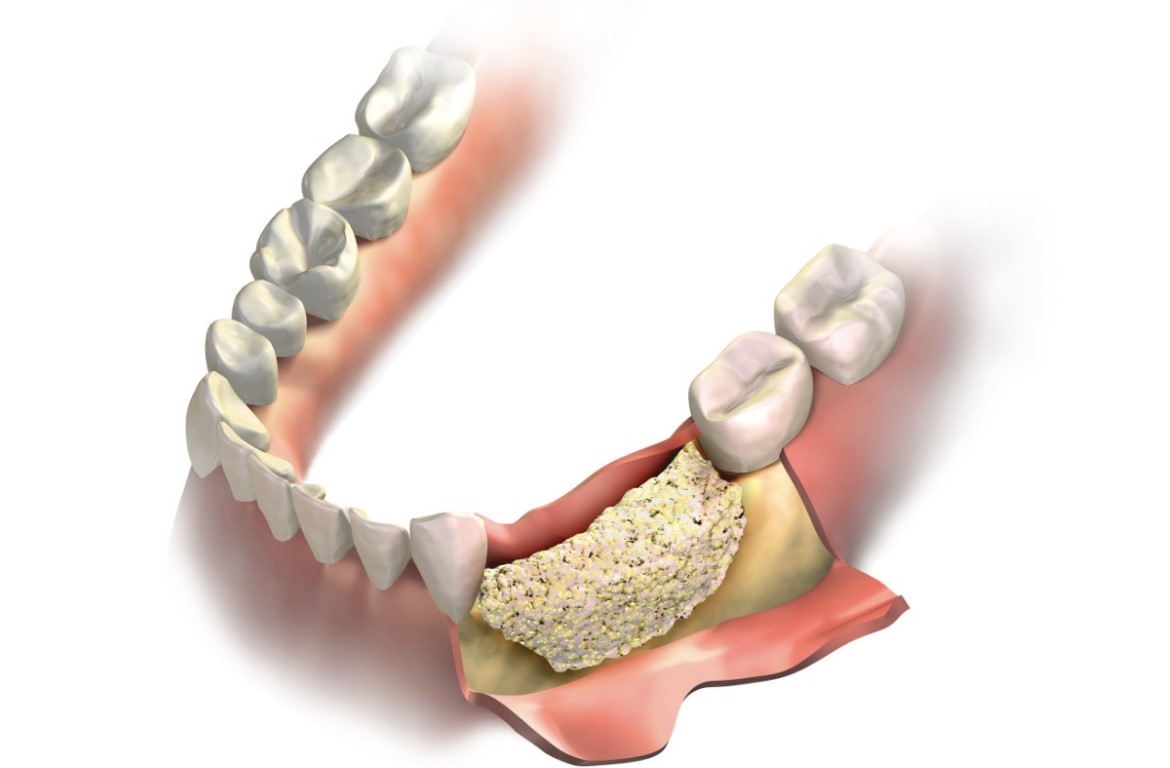What Is Bone Grafting?
Bone grafting is a surgical procedure where damaged or diseased bones are repaired and rebuild using transplanted bones. It can be used to repair bones in any part of the body. The transplanted bone can be taken from another part of your body like ribs, hops, or legs. Sometimes, donated bone tissues can also be used. Bone grafting is mostly used when you get a fracture that results in large bone losses, which makes it hard for your bone to heal without a graft.
What Is Dental Bone Grafting?
In dental care, bone grafting is done after a tooth has been removed or lost to keep the bone from getting damaged. That is mainly done before any dental implant procedure. Before the procedure is complete, the dentist will consider the patient's treatment goals, health, the surgical site, and the graft material properties. Depending on the material being used and the source of the bones, there are different types of bone grafting options in Ottawa.
1. Autografts
Also called an autogenous or autologous bone graft, autografts involve the bone or graft being taken from the patient’s body parts like ribs and legs. In dental grafting, however, the bone is taken from the chin, hard palate, or jaw. If those areas do not provide enough bones, more can be taken from the hip or shinbone. The biggest advantage of this type of grafting is the low risk of bone rejection, while the disadvantage is that there will be an additional surgical procedure and site.
2. Allografts
This type of grafting involves the bone being taken from deceased donors. Before the bones are harvested, the donors have to be screened for any infections or diseases. After harvesting, the bone also has to go through a series of treatment to ensure that it is compatible with the recipient. That helps reduce the occurrence of immune reactions. Some of the treatments the bone undergoes include freeze-drying, exposure to radiation (irradiation), plus other chemical processes like applying hydrochloric acid. The main disadvantage is an increased chance of immune reactions or rejection.
3. Xenografts
This type of grafting involves the bone being taken from an animal, mainly a pig or a cow. After being harvested, the bone is processed carefully to ensure that the remaining tissue primarily consists of mineral components. One advantage with this type of grafting is that the bones work as both biological and mechanical placeholders because initially, they add support to the surgical site, and with time, the body replaces them with new bones. It is also easy to collect many bone samples with desired microstructures improving the compatibility.
4. Alloplastic Grafts
These grafts are not collected from people or animals but are made from either natural sources, synthetic substances, or a mixture of the two. They are mainly made from hydroxyapatite because of its durability, strength, and ability to properly integrate with the bone.
5. Polymers
These are molecules made of many small repeating units that can either be synthetic or natural. Over time, these types of grafts are completely absorbed by the body.
What Is the Purpose of Dental Bone Grafting?
Bone grafting has several purposes such as:
• Helps in the healing of complex or multiple fractures.
• Helps in the healing of two bones across diseased joints.
• Helps bones around surgically implanted devices heal.
• Helps in the regeneration of a bone lost to injury, infection, or disease.
What to Expect with Dental Bone Grafting?
Bone grafting is normally a short procedure that may involve a few steps but may have some long-lasting effects on your body or dental implants. The first step is usually the anesthesia to keep you from feeling the pain. The dentist then makes the incision where the bone will be placed and then shapes the graft so that it fits the surgical site. The dentist then places the graft in the surgical sire and closes the incision with stitches.
After the procedure, the patient might experience:
• Pain or discomfort.
• Swelling.
• Minor bleeding.
At the Upper Hunt Club Dental Centre in Ottawa, we advise our patients to reduce their physical activity and change their sleeping position until they heal completely. For a dental bone graft, the patient is also advised to make some dietary changes.
Who Is A Good Candidate for Dental Bone Grafting?
For dental bone grafting in Ottawa, the best candidates are those who have suffered tooth damage, lost a tooth, or have had mouth trauma. The best way to find out if you are a good candidate for dental bone grafting is to visit us at the Upper Hunt Club Dental Centre in Ottawa for a consultation. Contact us today to schedule an appointment!













